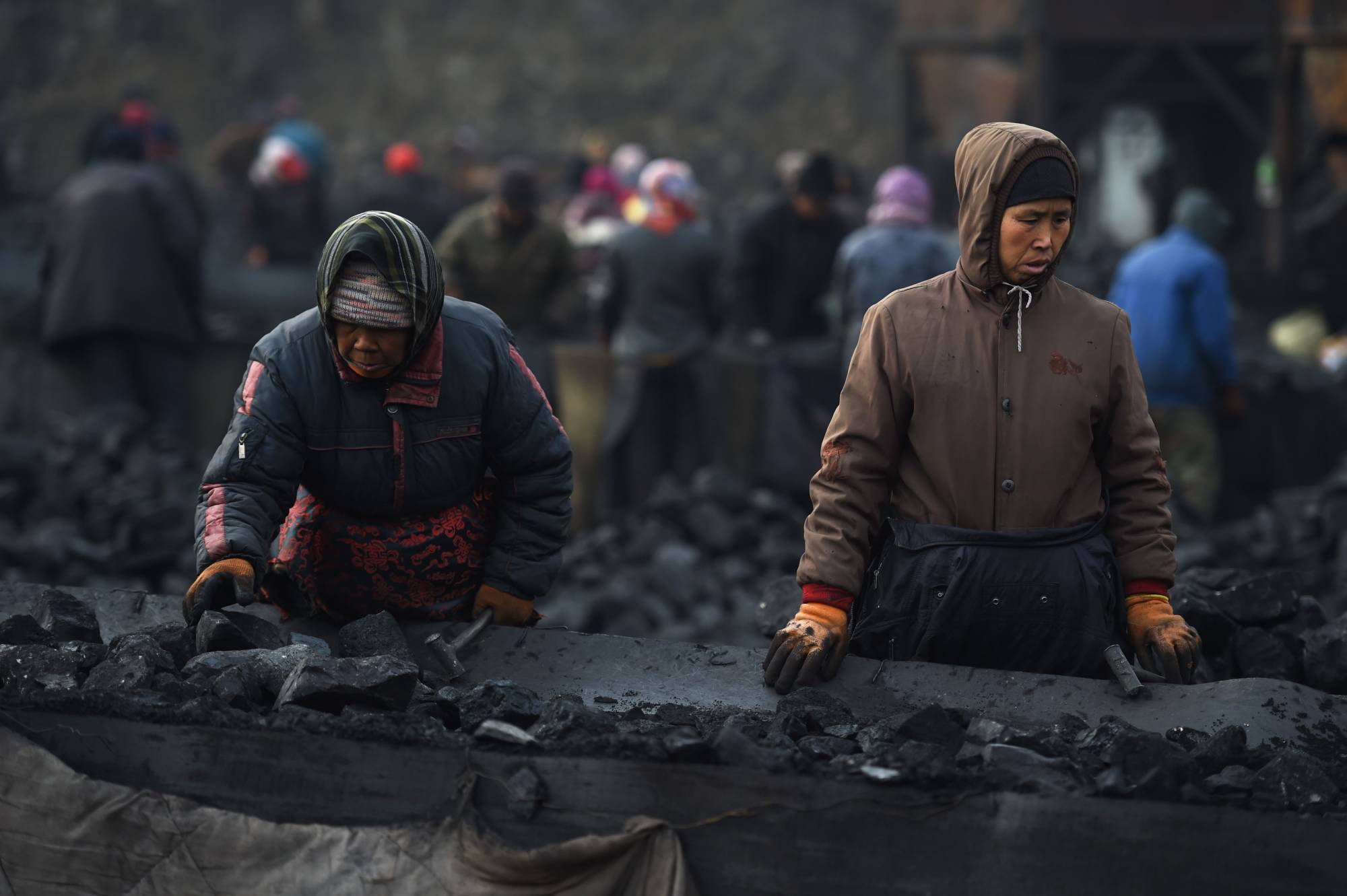The future of coal looks like an ice cream truck parked half a kilometer down a mine shaft in China’s Shanxi province. The yellow and white vehicle is equipped with a 5G router from Huawei Technologies Co. to gather data for the mine’s control center, where technicians monitor high-definition feeds on a screen the size of a two-story house. They’re tracking temperature and methane concentrations while keeping watch over the black lumps zipping along conveyor belts on the way up to waiting trucks.
The data collection would previously have been done by workers down in the pit, but Yangquan Coal Industry Group has managed to eliminate some of those workers and virtualize the least appealing aspect of mine labor. "It will take time, but in the future, miners will wear suits and white shirts,” says Han Weihai, manager of Huawei’s mine projects in Shanxi. "People no longer want to work in a mine, especially young people with college degrees.”
When President Xi Jinping announced in September that China would be carbon-neutral by 2060, he gave coal a four-decade transition period. Or even longer, perhaps, if China’s vast and politically powerful coal industry can find a way to capture the planet-warming pollution generated by burning the fuel, or find other ways around the national policy.


















With your current subscription plan you can comment on stories. However, before writing your first comment, please create a display name in the Profile section of your subscriber account page.